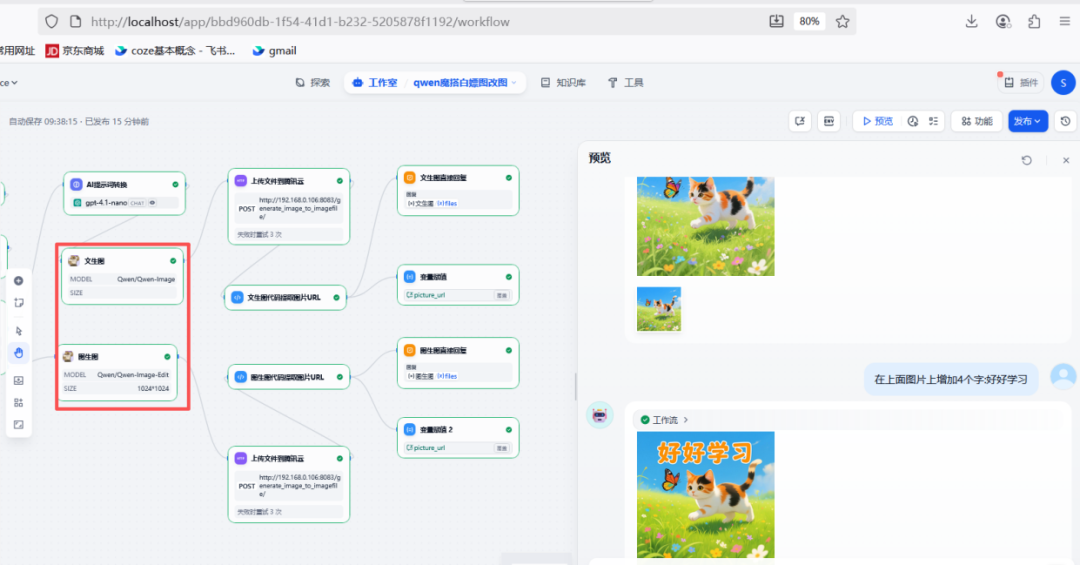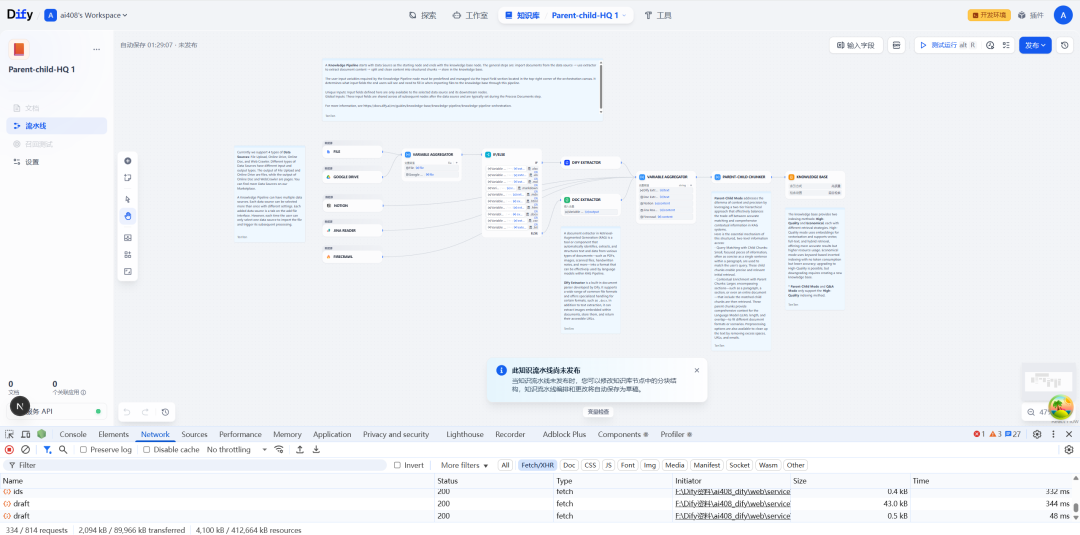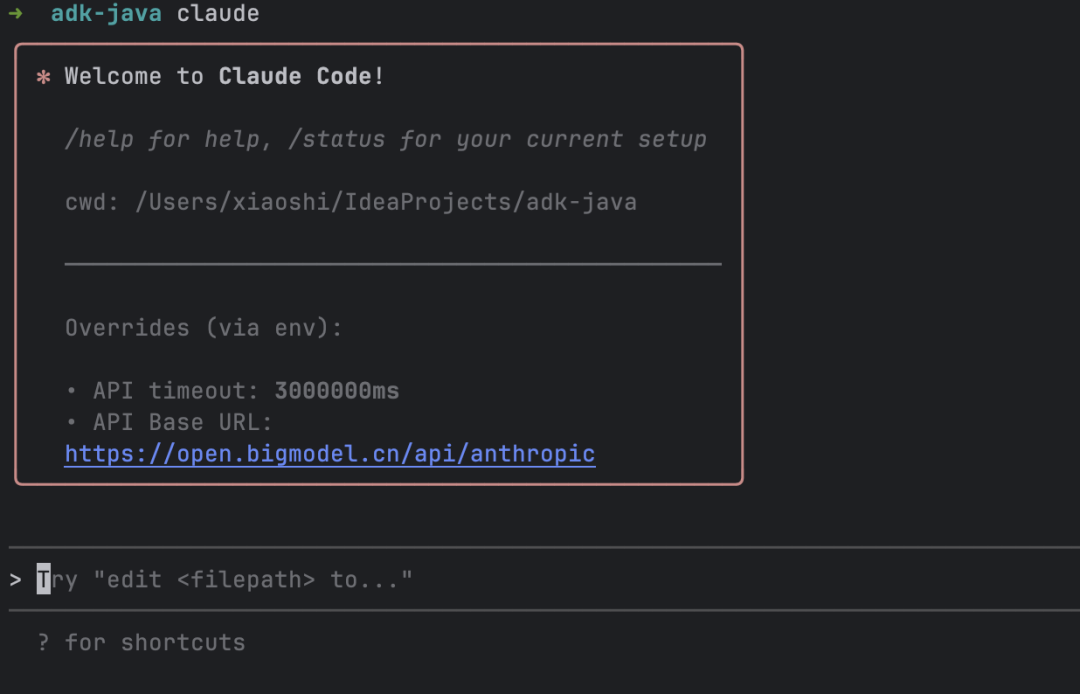To get the best separation of Demucs, consider the following practical tips and optimization suggestions:
Input Audio Preparation::
- Try to use high quality WAV format files as input sources
- Avoid using low bitrate or significantly distorted audio
- For complex music, try removing the noise first or preprocessing it
Optimized selection of parameters::
- prioritize
htdemucs_ftModels usually give the best results - Reasonable setting of GPU acceleration parameters according to hardware conditions
- When processing long audio, adjust the
--segmentparameter value
Practical Application Tips::
- For karaoke productions, you can directly use the output of the
no_vocals.wavas accompaniment - To integrate Demucs into an audio workstation, you can use the VST/AU plug-ins provided by Neutone
- When the local environment is limited, consider using Demucs-based online services such as Audiostrip
Follow-up recommendations::
- Separated tracks can be enhanced with post EQ adjustments.
- Some of the potentially defective tracks can be further optimized with audio editing software.
Remember that the separation effect also depends on the complexity and production quality of the music itself, and it may be necessary to try different combinations of parameters to get the best results.
This answer comes from the articleDemucs: free open source tool for separating music tracksThe

































